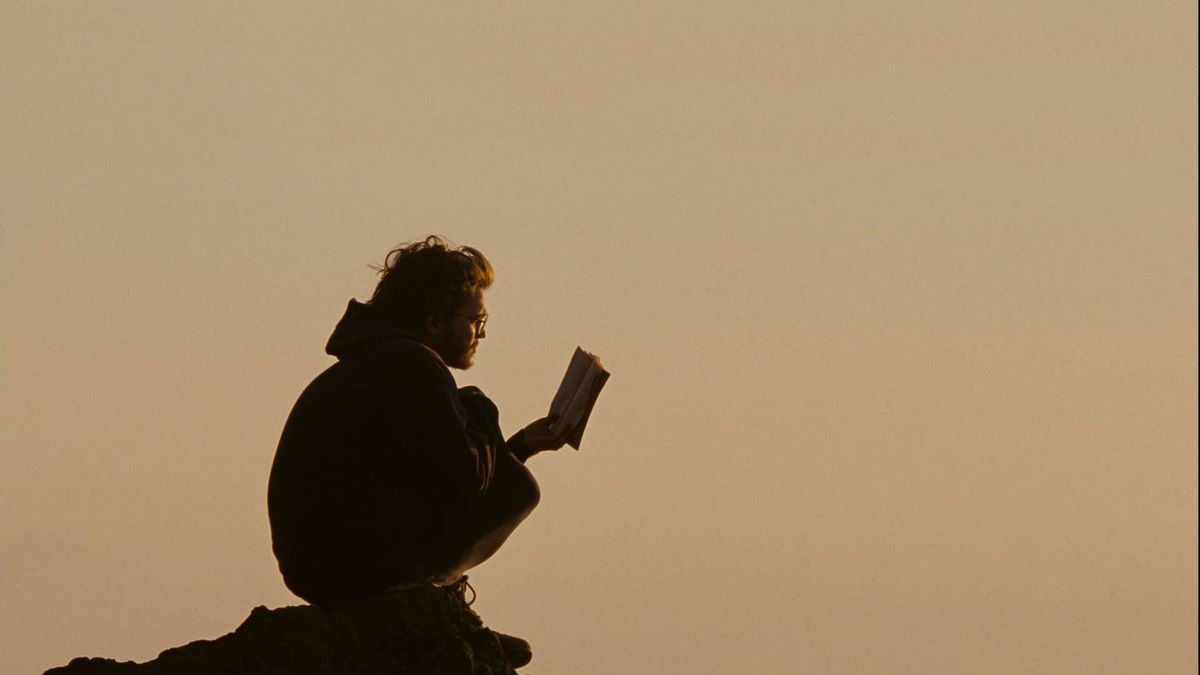“Into the Wild” is a 2007 movie directed by Sean Penn that tells the story of Chris McCandless, a young man who abandons his comfortable life to venture into the Alaskan wilderness. The movie, which is based on the book of the same name by Jon Krakauer, has gained widespread popularity for its portrayal of McCandless’s journey and its themes of self-discovery and freedom. However, the true story behind the movie is much more complex than what is depicted on screen. In this article, we’ll explore the true story of Chris McCandless and the controversy surrounding his journey, as well as the lessons that can be learned from his story.
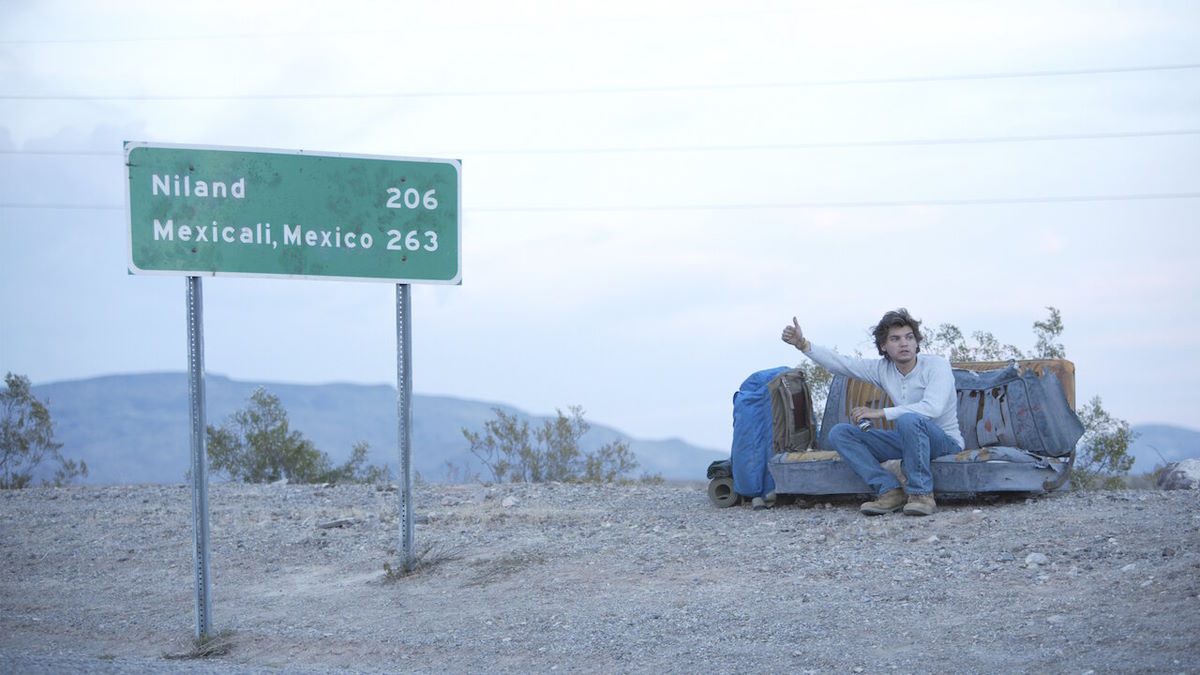
Overview of Into the Wild
Before delving into the true story of “Into the Wild,” it’s important to provide a brief overview of the movie. The film begins with McCandless (played by Emile Hirsch) graduating from college and deciding to embark on a journey to Alaska to live off the land. Along the way, he meets various people who leave a lasting impact on him, such as an elderly hippie couple and a young woman named Tracy. Eventually, McCandless makes it to Alaska and sets up camp in an abandoned bus. However, his journey comes to a tragic end when he dies of starvation several months later.
The movie has received critical acclaim for its cinematography, soundtrack, and performances, particularly Hirsch’s portrayal of McCandless. It has also been praised for its exploration of themes such as the search for meaning and the desire for freedom. However, as we’ll see, the true story of Chris McCandless is much more complex than what is depicted in the movie.
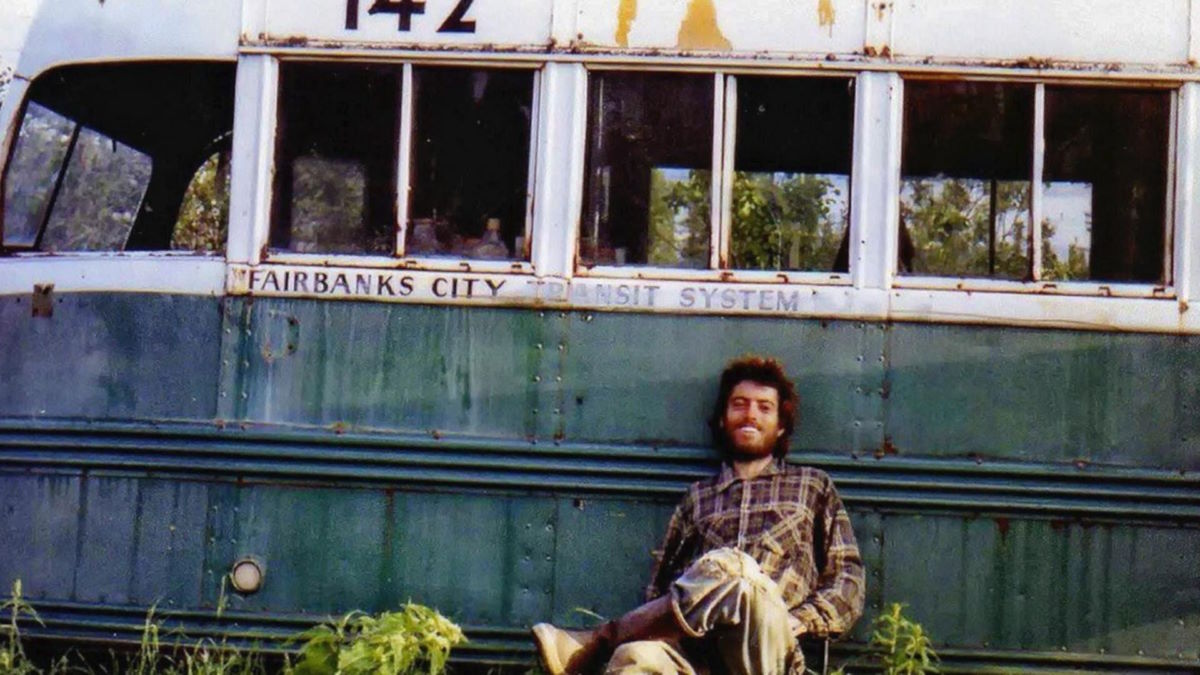
The True Story of Chris McCandless
Chris McCandless was born in 1968 in El Segundo, California. His father had an aerospace engineering job, while the mother worked in a secretarial position. McCandless was an intelligent and curious child who showed an early interest in nature and outdoor activities.
After graduating from high school, McCandless attended Emory University in Atlanta, Georgia, where he studied history and anthropology. However, he became disillusioned with his comfortable life and decided to embark on a journey of self-discovery. In 1990, after graduating from college, he donated his savings to charity, burned his remaining money, and set out on a journey across the United States.
Over the next two years, McCandless traveled across the country, working odd jobs and meeting new people. He changed his name to Alexander Supertramp and eventually made his way to Alaska, where he hoped to live off the land. He set up camp in an abandoned bus near Denali National Park and Preserve, but his journey came to a tragic end when he died of starvation several months later.
The story of Chris McCandless captured the public’s imagination when Jon Krakauer published his book “Into the Wild” in 1996. The book, which was based on Krakauer’s own experiences as an outdoorsman, explored McCandless’s journey and the events leading up to his death. It became a bestseller and was eventually adapted into the movie directed by Sean Penn.
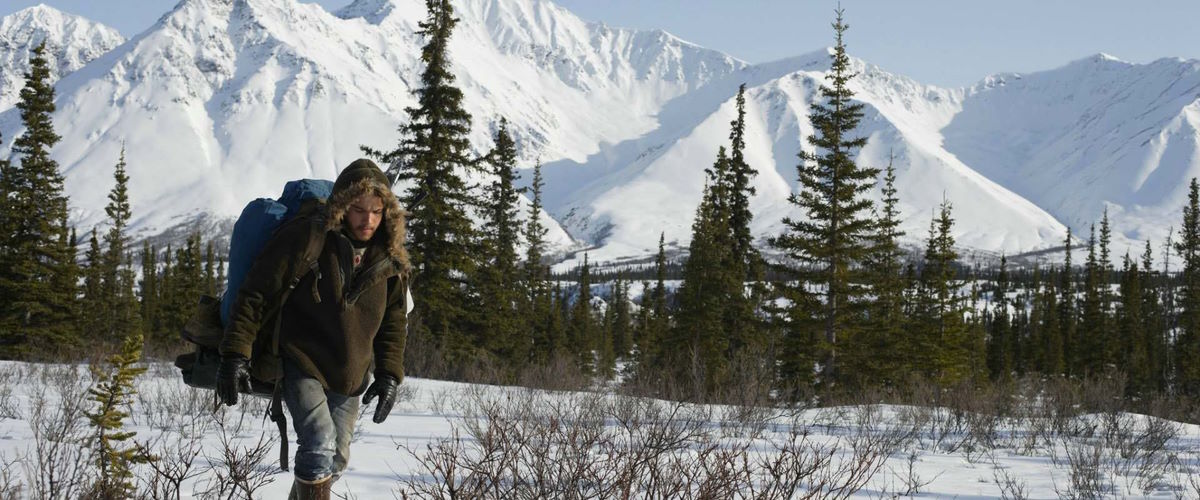
The Controversy Surrounding the Story
Despite the widespread popularity of “Into the Wild,” the true story of Chris McCandless has been the subject of controversy and criticism. Some people have argued that McCandless was foolish to venture into the wilderness alone, without proper preparation or equipment. Others have criticized the movie for romanticizing McCandless’s journey and portraying him as a hero, when in reality he made a series of mistakes that led to his death.
One of the main criticisms of McCandless’s journey is his lack of preparation and knowledge about living off the land. In his book, Krakauer notes that McCandless was ill-prepared for his journey, as he had little knowledge of edible plants and wild game. He also lacked proper equipment, such as a map and compass, and failed to notify anyone of his whereabouts. This lack of preparation likely contributed to his eventual demise.
Another criticism of McCandless’s journey is his decision to venture into the wilderness alone. Many people have argued that this was a foolish and dangerous decision, particularly given the harsh conditions of the Alaskan wilderness. While McCandless was certainly an independent and adventurous spirit, his decision to go alone may have ultimately cost him his life.
The movie has also been criticized for leaving out important details from the book, such as the fact that McCandless’s body was found with a map and compass, suggesting that he may have had some knowledge of navigation.
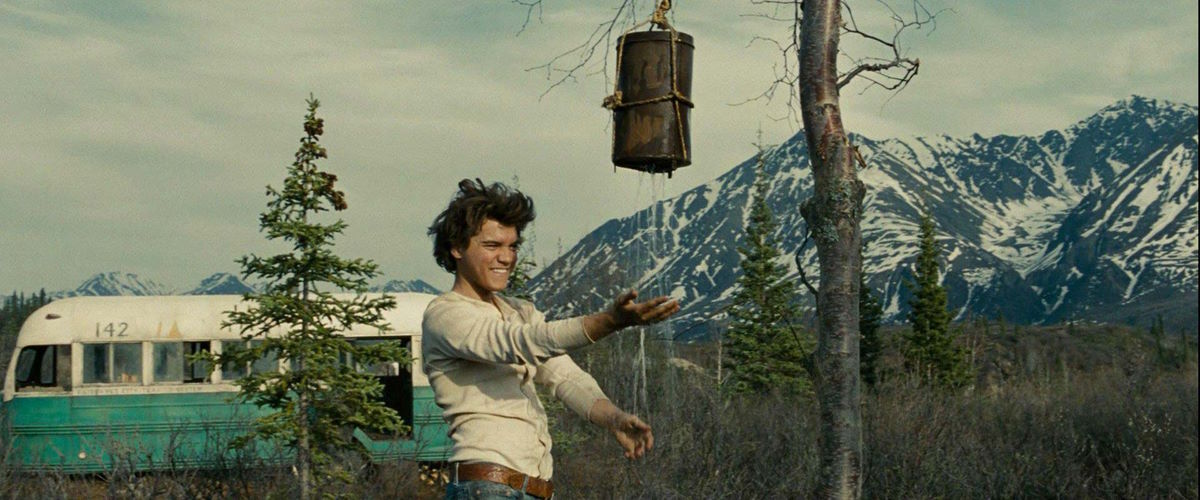
Lessons from the Story
Despite the controversy surrounding Chris McCandless’s journey, there are several important lessons that can be learned from his story. One of the main themes of “Into the Wild” is the search for meaning and the desire for freedom. McCandless was clearly searching for something in his life, and his journey to Alaska was an attempt to find that meaning. While his journey ultimately ended in tragedy, his story serves as a reminder of the importance of following our passions and living life on our own terms.
Another lesson that can be learned from McCandless’s story is the importance of preparation and knowledge. While McCandless was certainly a brave and independent individual, his lack of preparation ultimately cost him his life. It’s important to remember that adventure and exploration can be risky, and it’s essential to take the necessary precautions to ensure our safety.
Conclusion
The true story of Chris McCandless and his journey to Alaska is a complex and controversial one. While the movie “Into the Wild” has gained widespread popularity for its portrayal of McCandless’s journey, it’s important to remember that the true story is much more nuanced than what is depicted on screen. Despite the controversy surrounding his story, there are several important lessons that can be learned from McCandless’s journey, such as the importance of following our passions and living life on our own terms, as well as the necessity of preparation and knowledge. Let’s continue to explore the vast world of movies and TV shows, while also learning from the stories they tell us.

